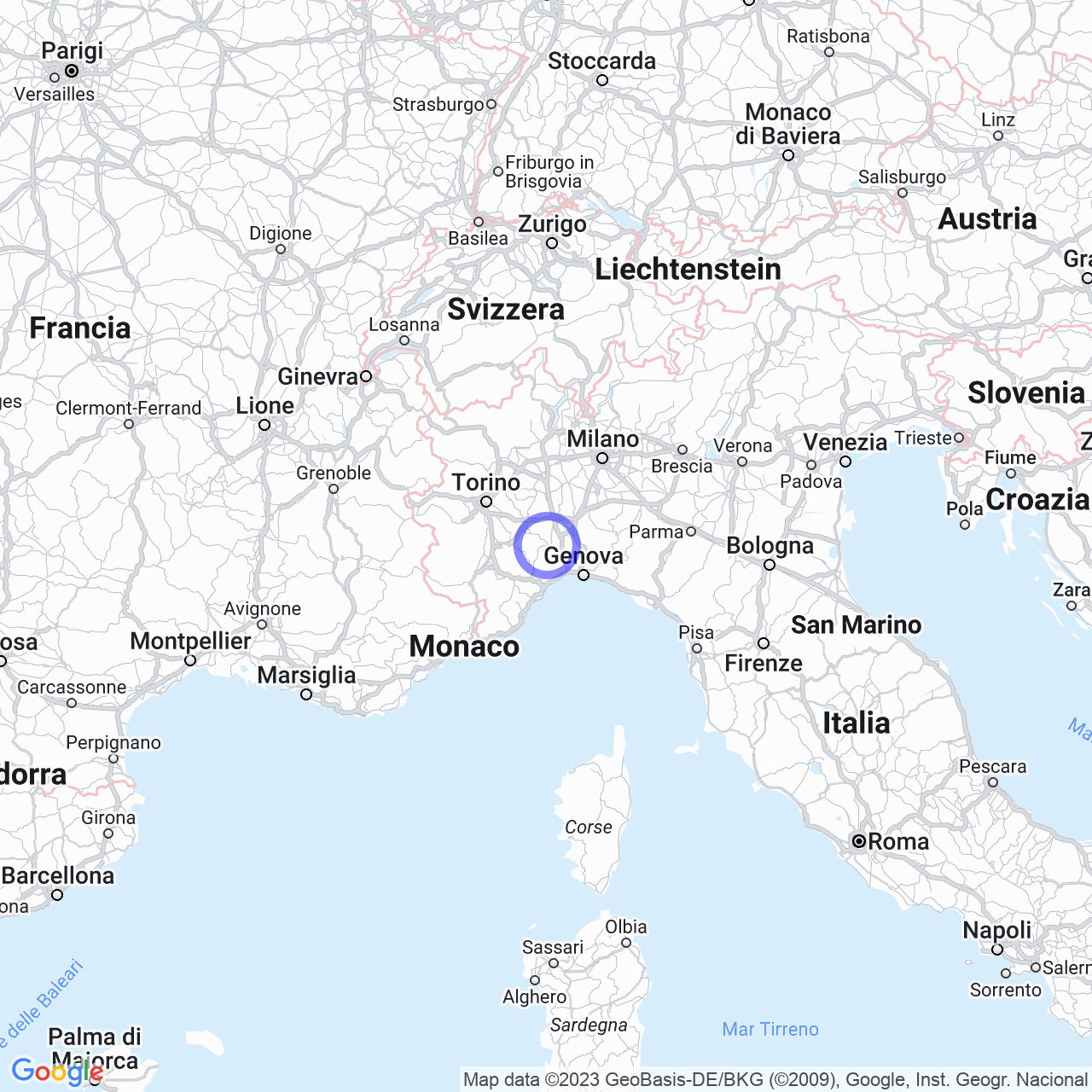Acqui Terme
Acqui Terme: A city with multiple characteristics
Welcome to Acqui Terme, a city in Piedmont located in the province of Alessandria, covering an area of over 120 square kilometers. With a population of almost 19,000 inhabitants, this city offers multiple activities and services for its citizens and tourists, making it one of the most important centers in the province.
Physical Geography
Acqui Terme is located in the southeastern part of the Alto Monferrato, on the left bank of the Bormida River. The city is strategically located at the intersection of some major roads such as the State Road 456 of Turchino and State Road 30 of Val Bormida. In addition, the city is well connected through State Road 334 of Sassello, which offers a scenic but winding route.
The oldest part of the city is the Pisterna, adjacent to Borgo Nuovo and Borgo San Pietro, which represent the current center of the city. In more recent times, across the Bormida River, the spa area and baths have developed, with the Antiche Terme Hotel, spa facilities, numerous hotels, and the districts of Ovrano and Lussito.

History
The Myth
According to a legendary tale, Acqui Terme was founded by Greek settlers attracted by the presence of thermal waters. This myth may have originated from the Graecizing name of Carystum, the capital of the Liguri Statielli, similar to that of some Greek cities.
Prehistory and Roman Age
The first traces of human presence in Acqui Terme date back to the Neolithic period when a settlement was located near the Bormida River. Later, the area was inhabited by the Ligurian peoples, particularly by the States tribe. In the 2nd century B.C., the urban center named Aquae Statiellae or Aquae Statiellensium was formed, indicating that the ancient people, now Romanized, were not dispersed.
The importance of the city grew with the construction in 109 B.C. of the Aemilia Scauri road, which connected Dertona to Vada Sabatia, passing through Acqui and the Cadibona Pass.
Culture and Art
Acqui Terme boasts numerous works of art and historical evidence, such as the Cathedral of Santa Maria Assunta, better known as the Cathedral of Acqui, characterized by a Gothic style portal and a Baroque facade. Other important monuments include the Tower of Bissiri, the Episcopal Palace, Palazzo Robellini, the Ariston Theater, the Archaeological Museum, and the Civic Library.
The Thermal Baths
Acqui Terme is famous for its ancient thermal baths, dating back to the Roman era. The thermal waters, which flow at a temperature of 75°C, are rich in therapeutic properties, thanks to the presence of sulfates, bicarbonates, calcium, and magnesium. In the spa facilities, visitors can enjoy thermal baths, massages, mud therapy, and other healing activities.
Gastronomy
The cuisine of Acqui Terme offers typical Piedmontese dishes such as agnolotti al plin, risotto al Barolo, brasato al Barolo, bagna cauda, and tajarin. The city is also famous for its typical products such as the truffle of Alba, Barolo, Barbaresco, and Barbera d'Asti wines.
Traditions
Acqui Terme is a city rich in traditions, such as the Fair of St. Joachim and St. Anne, which takes place every year on July 26th, and the Fair of San Guido, patron saint of the city, which takes place on September 1st.
Conclusion
In conclusion, Acqui Terme is a city with multiple faces, with a millennial history, a rich culture and art, ancient thermal baths, a gastronomic tradition, and many activities and services for its citizens and tourists. Come and visit this magnificent city, and you won't regret it!
